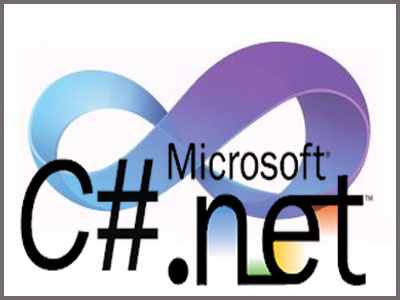Home >Backend Development >XML/RSS Tutorial >Summary of XmlTextWriter function definition and usage
Summary of XmlTextWriter function definition and usage
- 零下一度Original
- 2017-06-15 09:49:542277browse
This article will cover 3 aspects: 1. Accessing XML files 2. XML Document Object Model 3. XML and DataSet Here we first introduce two objects for operating XML files: XmlTextReader and XmlTextWriter The object used to open and read Xml files is the XmlTextReader object. The following example opens the same code as the program
1. Detailed code case for interpreting and writing XML files
Introduction: Here we First, we will introduce two objects for operating XML files: XmlTextReader and XmlTextWriter. The object used to open and read Xml files is the XmlTextReader object. The following example opens a sample file sample.xml
2 in the same path as the program. Use XmlTextWriter to generate XML files

Introduction: Project compatibility requires the generation of a series of xml files. The basic method of generating XML files is summarized
3. Easy processing of XML data in .NET Framework (4-1)

##Introduction: The XmlTextWriter class is obviously not difficult to create XML documents using the methods in this section. For many years, developers have created XML documents by concatenating some strings in the cache, and then outputting the strings in the cache to a file...
4 . Easily process XML data in .NET Framework (1-1)

The above is the detailed content of Summary of XmlTextWriter function definition and usage. For more information, please follow other related articles on the PHP Chinese website!

